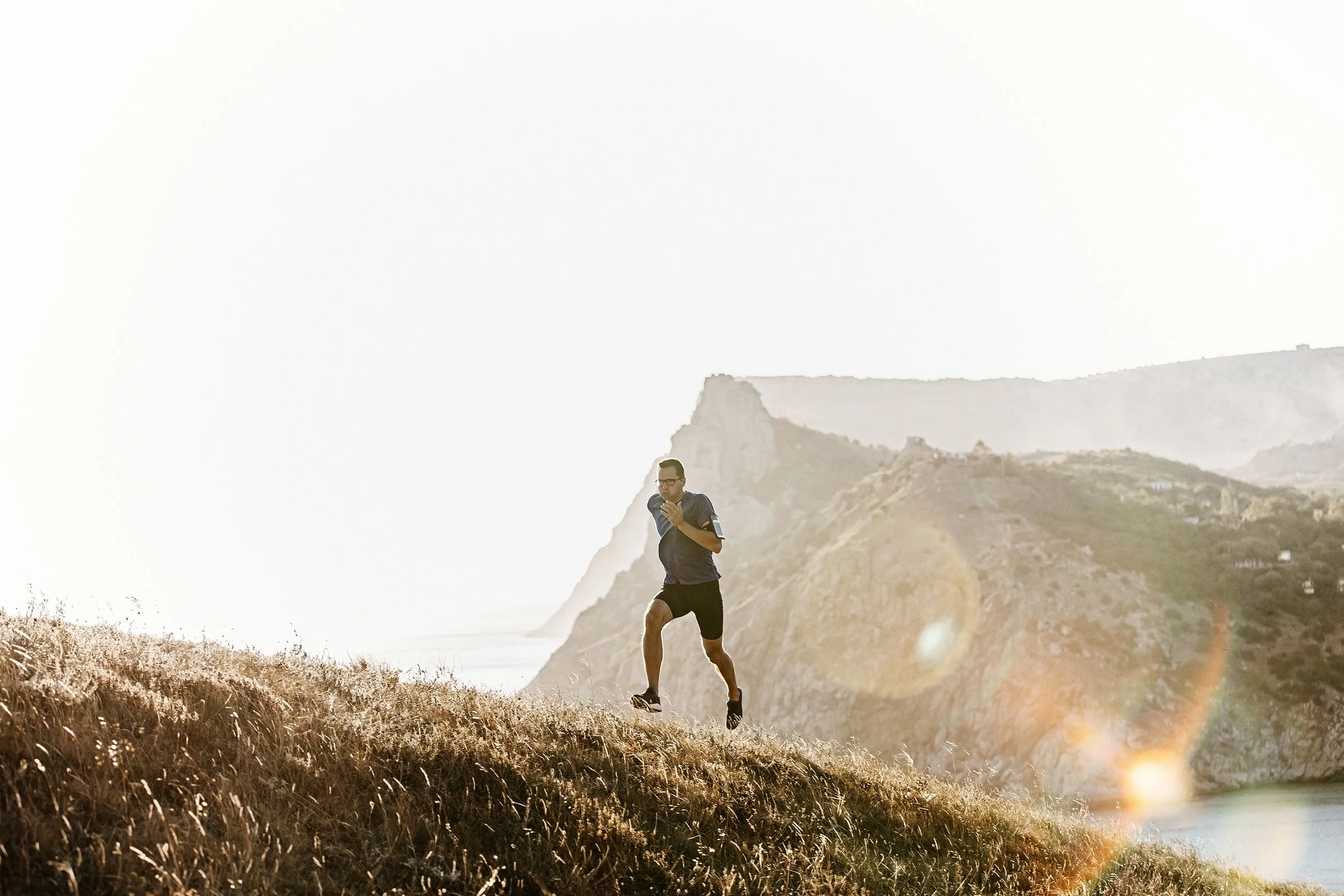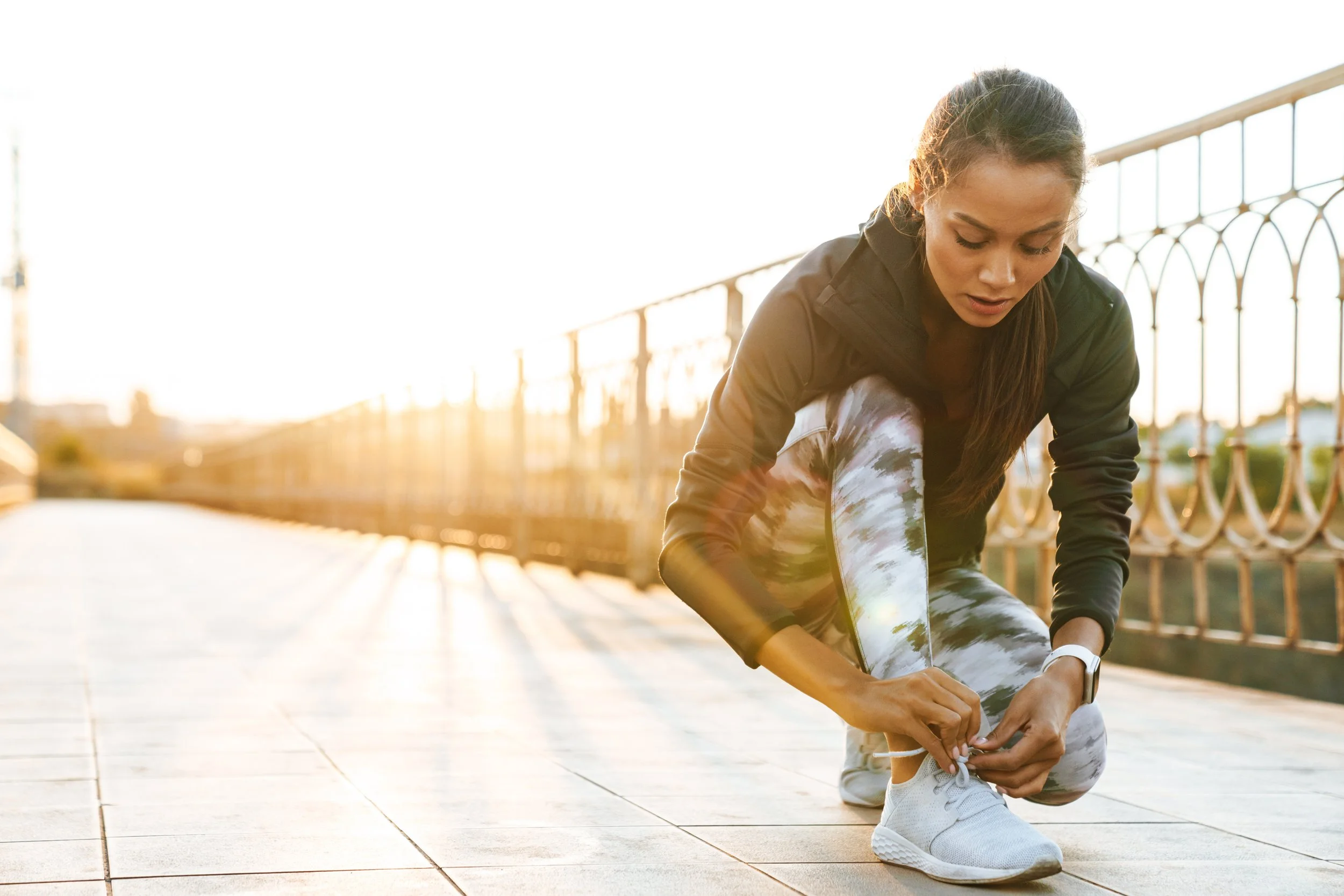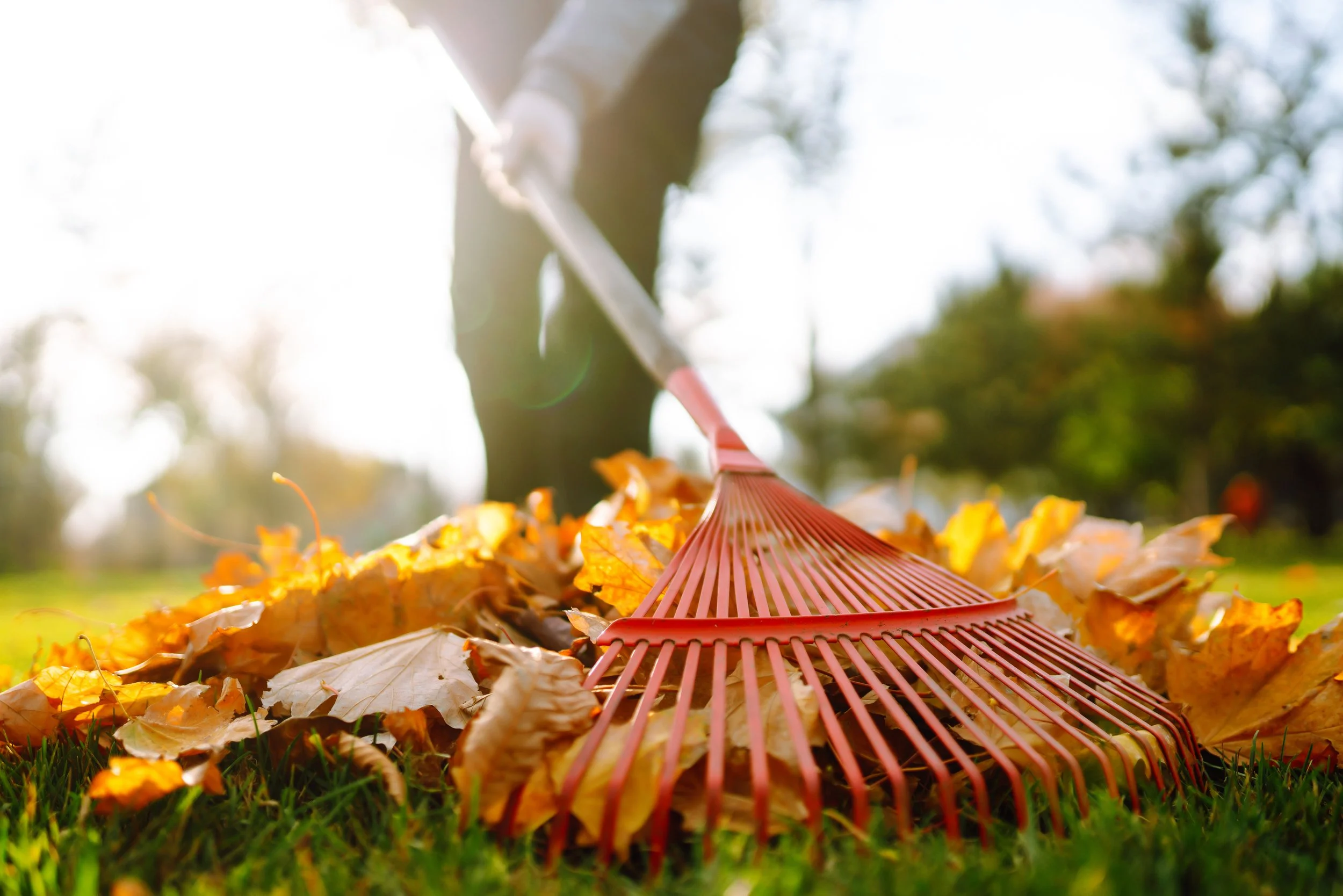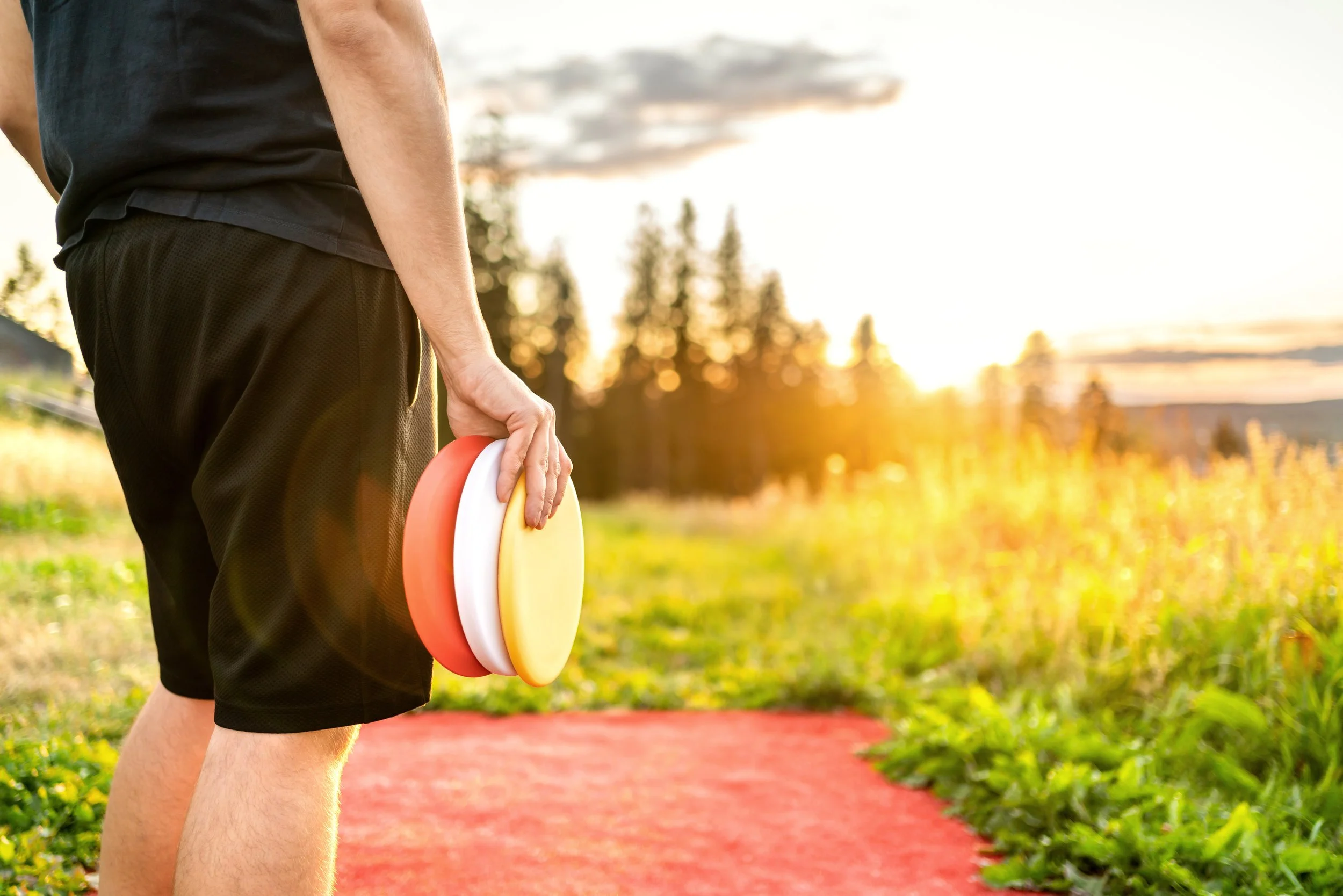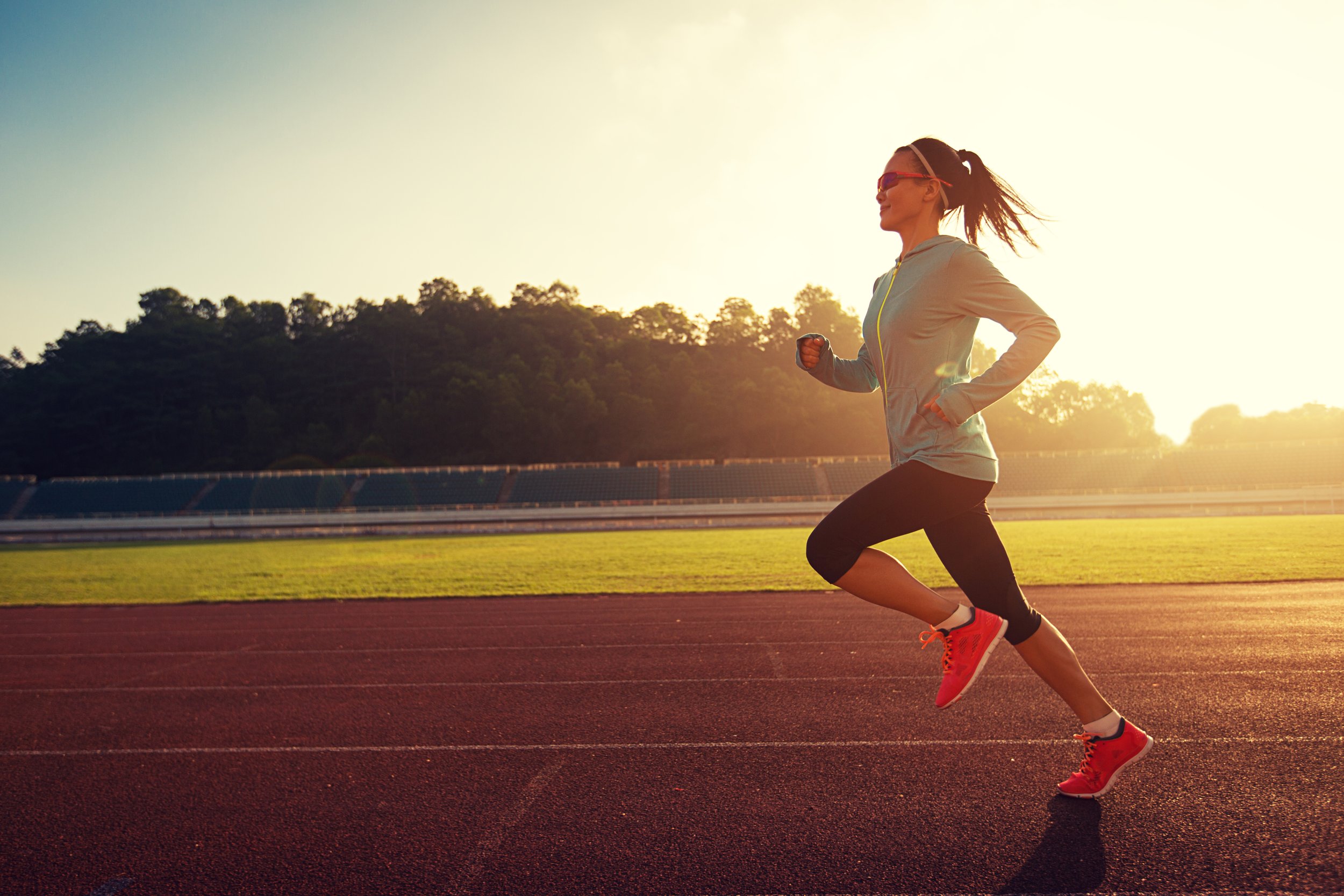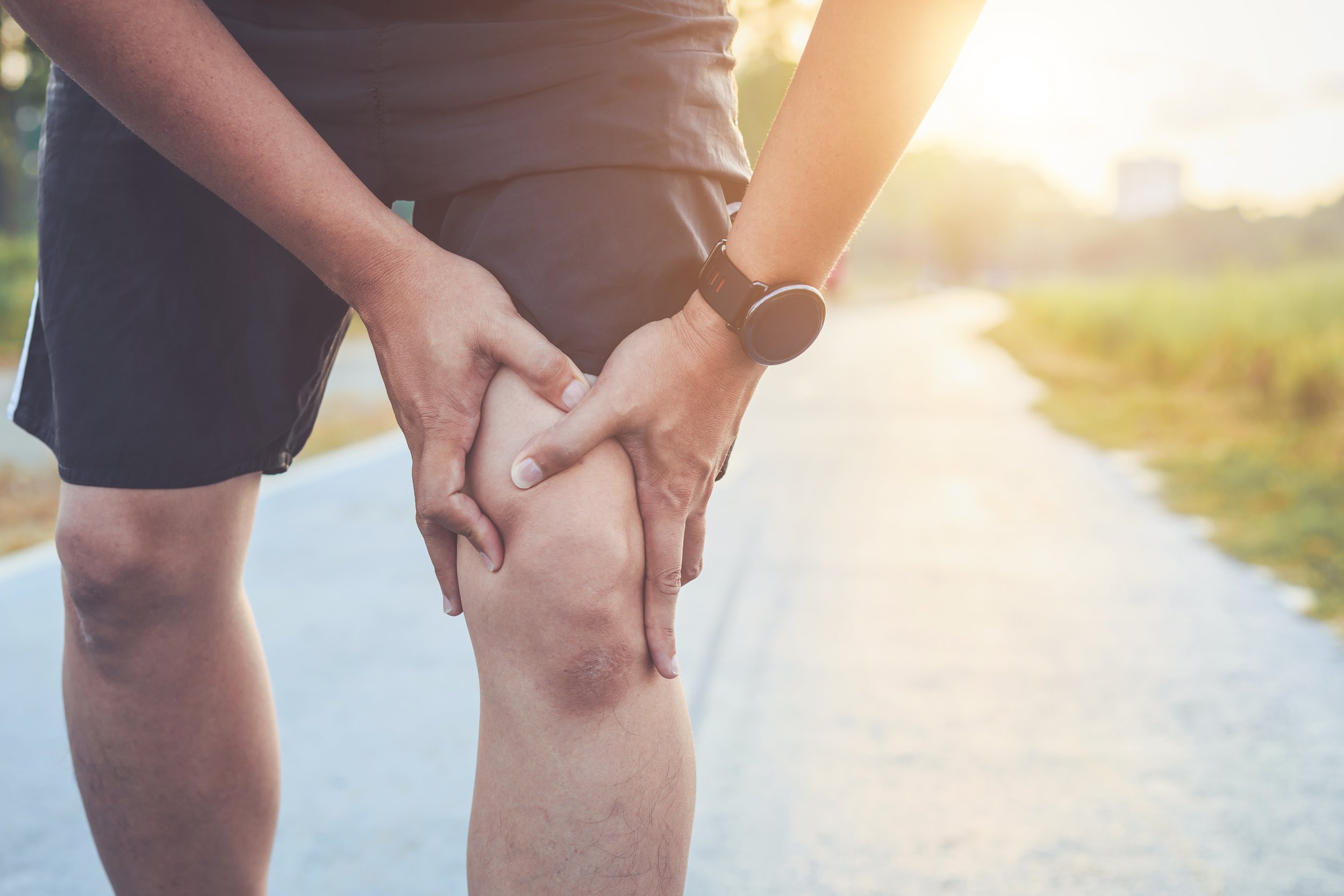The Seattle Seahawks have been dealing with a challenging season on the injury front, and the ankle injury to standout cornerback Tariq Woolen has added yet another layer of complexity. Woolen, a key figure in Seattle's defensive scheme, has demonstrated elite skills throughout the season, allowing a league-low 27.3% completion rate and an astonishing 1.7 passer rating when targeted. His injury has not only affected the team's defensive depth but has also posed significant challenges in maintaining consistency in coverage. In this article, we delve into the details of Woolen’s injury, its implications for the Seahawks, and what the team can do moving forward.
Relative Energy Deficiency
If you're a runner, you may have heard of the Female Athlete Triad, a term once used to describe a combination of low energy availability, menstrual dysfunction, and bone health issues. However, our understanding of these conditions has evolved, giving rise to a broader concept: Relative Energy Deficiency in Sport (RED-S). This condition is not just for elite female athletes; it affects athletes of all levels and genders. Let’s break down what RED-S is, why it's important, and how you can protect yourself as a runner.
Concussions and Decisions
Football fanatics and players, we made it. We made it through the grueling summer dog days and have arrived here at the start of the season! I don't know about you, but this time of the year I always get extremely excited that football is ramping up, teams are practicing and games are in full swing. With this increase in football activity, it's inevitable that there will be an increase in sports related injuries, especially concussions. Within recent years, the sport of football has been under a lot of scrutiny about its danger to the athlete due to head trauma. Football is a violent sport with roughly 300,000 reported concussions occurring in the sport across the country per year, and 1.6 to 3.8 million cases of concussions occurring across all sports annually (as reported by UPMC sport medicine). The NFL and leagues around the country have made a valiant effort to make the game safer by implementing rules and regulations, and educating the player and coaches about proper technique to mitigate injury. Very rarely does that transcend down to the highschool, junior or peewee levels. This blog article is to help inform parents and kids about concussions, the signs and symptoms, proper recovery timeline, and proper tackling technique to help prevent concussions.
Shin Splints in Youth Football
Shin splints are characterized by pain along the inner edge of the shinbone (tibia). This condition occurs when muscles, tendons, and bone tissue around the tibia become overworked. Shin splints are common in athletes who engage in activities with a lot of running and jumping, particularly when the body is not yet accustomed to the intensity of the activity.
Softball Injuries
Softball is a popular and engaging sport enjoyed by millions of people worldwide. While it provides excellent physical exercise and fosters teamwork, like any sport, it comes with its risks of injuries. Understanding the most common injuries in softball and how to prevent and treat them can help players stay safe and enjoy the game longer. In this blog, we’ll explore the top injuries suffered by softball players and provide tips on prevention and recovery.
Disc Golf
Disc golf is an up and coming sport that saw incredible growth through the pandemic. Disc golf is hailed for its accessibility, ease of understanding, and relaxed pace. It can be played alone or in a group. At its core, the goal of disc golf is to get a disc (AKA frisbee) into a basket in the fewest strokes possible. Many of the game’s rules are pulled from traditional golf.
Patellofemoral Pain Syndrome
What is Patellofemoral Pain Syndrome?
Patellofemoral pain syndrome (PFPS), also known as “runner’s knee”, is a broad term that describes pain in the front of the knee and around the kneecap. It’s one of the most common overuse injuries of the knee. Although it’s more common in individuals that participate in sports with lots of running or jumping, it can occur in nonathletes as well.
Mom Posture
There are a number of body changes that mothers experience during and after their pregnancies that can cause unique challenges and that often get overlooked in prenatal and post-partum care. These challenges involve increasingly new spine stresses, adaptations, and difficulties maintaining a “neutral spine”.
A neutral spine is the ability to maintain the natural curves of the spine that allow for shock absorption when we stand and walk and allow for our center of mass to be maintained at our belly button region. Women are often challenged through their pregnancies to maintain neutral spine postures due to the fast changing size of the babies and the increased distribution of weight in their mid section.
Imagery
Last Thursday night, Seattle’s beloved wide receiver Tyler Lockett suffered a finger fracture
injury during a game against the San Francisco 49ers. The injury occurred when Lockett
attempted to catch a pass and his finger was accidentally stepped on by a 49ers player. Finger
fractures can be painful and can affect a person’s ability to grasp or hold objects. In Lockett’s
case, the injury could potentially impact his ability to catch and hold the football.
High Ankle Sprain
Eight days ago, Chiefs quarterback Patrick Mahomes suffered a high ankle sprain. He has healed well enough to not need a painkilling injection.
Tract Wolfson of CBS reported just before kickoff that Mahomes did not receive an injection prior to the AFC Championship against the Bengals.
Neck Pain
Neck pain and Physical Therapy If you are having neck pain, physical therapy is often recommended. After ruling out serious conditions by your physical therapist or your physician, the real work begins.
Your PT will put together a treatment program that may consist of:
Manual therapy: to help with tissue healing and/or restoration of joint mobility.
Exercises: to help strengthen your neck and core to improve neutral postural alignment.
Pain relief: consisting of appropriate modalities such as ice, heat, ultrasound, or electric stimulation.
Patient education: on tips to help reduce stress on your neck in your work and home environment.
When asked about neck pain one of our favorite physiatrists Dr. Gary Chimes, MD stated that, “Neck pain can be one of the most debilitating issues that we see. It can not only effect your physical ability, but also create issues with sleep, mood, concentration, performance, and emotion.”
The best news of all is that insurance covers physical therapy sessions! A physical therapist can work with you and modify your treatment program until your goals are met. Come see a PT today!
Tackling & Concussions
Football fanatics and players, we made it. We made it through the grueling summer dog days and have arrived here at the start of the season! I don't know about you, but this time of the year I always get extremely excited that football is ramping up, teams are practicing and games are in full swing. With this increase in football activity, it's inevitable that there will be an increase in sports related injuries, especially concussions. Within recent years, the sport of football has been under a lot of scrutiny about its danger to the athlete due to head trauma. Football is a violent sport with roughly 300,000 reported concussions occurring in the sport across the country per year, and 1.6 to 3.8 million cases of concussions occurring across all sports annually (as reported by UPMC sport medicine). The NFL and leagues around the country have made a valiant effort to make the game safer by implementing rules and regulations, and educating the player and coaches about proper technique to mitigate injury. Very rarely does that transcend down to the highschool, junior or peewee levels. This blog article is to help inform parents and kids about concussions, the signs and symptoms, proper recovery timeline, and proper tackling technique to help prevent concussions.
Sleep & Rehabilitation
Sleep hygiene is a term that is becoming more popular as we learn how important sleep can be for our health. This term encompasses different strategies to establish daily habits that can ultimately increase the quality and quantity of your sleep providing you the necessary rejuvenation after a long day.
● Exercise
● Relax the mind
● Limit alcohol and caffeine
● Set your biological clock
● Set up sleep-friendly environment
● Limit naps and manage restlessness
Reducing Fall Risk
Falls have become the leading cause of injury for older adults. 27.5% of individuals 65 years and older have reported at least one fall in the past year.1 These falls can lead to serious injuries that involve broken bones or head trauma. Each year over 800,000 people in this age group are hospitalized due to a fall injury and 95% of hip fractures are caused by a fall.2 However, falls are preventable. Working to recognize the modifiable risk factors in our lives can help reduce the chance of fall and injury.
Knee Osteoarthritis in Runners?
Does Running Cause Knee Arthritis?
In my practice, I frequently have the opportunity to interact with runners. Running is a repetitive activity that certainly has injury risk. I do frequently come across runners and people who have quit running saying something like: “I know running will give me arthritis, but I just love to do it.” or “I quit running because I was afraid of developing arthritis in my knees.” Common thought continues to be that the impact of running does lead to arthritis.
Examining the Evidence
Do our perceptions meet reality? Let’s look at the research to find out.
Waterskiing
As the mornings are getting longer and Lake Washington is getting calmer, it’s the perfect time to start training for our summer water sports! As a water sports enthusiast in the Pacific Northwest, it can be hard to keep on top of training for water skiing and wakeboarding in the winter, but it is not too late to get yourself summer ready. Although waterskiing is my summer sport of choice, many of these tips can apply to wakeboarding and wake skating as well.
Importance of pre-season training
The most common injuries while water skiing are lower extremity sprains and strains. This is often hamstrings, glutes, or low back, but ankle sprains can also occur following a fall if your ski is pulled off your foot.1 I also see injuries to the shoulders and upper back, frequently due to poor conditioning and training. While accidents happen, sprains, strains, and post-exercise soreness can often be prevented with appropriate conditioning and sport specific training.
Pickleball
To learn more about pickleball and shoulder injuries, I decided to ask a local, avid pickleballer who also happens to be an expert shoulder surgeon, Dr. Samuel Koo. Dr. Koo practices at ProOrtho in Kirkland, WA where he specializes in the prevention, diagnosis, and treatment of a variety of shoulder injuries. When Dr. Koo isn’t helping the community with their shoulder injuries, you can often find him on a nearby pickleball court. Dr. Koo first found pickleball about 3 years ago after he was introduced to the game by a friend. His current pickleball addiction is fueled by his history of playing tennis and ping pong.
When asked to compare tennis and pickleball, Dr. Koo says “The biggest difference between pickleball and tennis is that tennis places a premium on the overhead shot—mainly serves and overheads at the net—while pickleball is mostly a game played below your waist.” Given the underhand nature of the game of pickleball, one would expect a lower occurrence of shoulder injuries than in tennis where overhand serving is a major component of the sport.
If you have ever played or watched a game of pickleball, this distinct difference is easy to appreciate. The shorter paddle, slower ball speed, lower net, and smaller court does not place the same demands on the shoulder, or body in general, as in tennis. With the shoulder moving through lower, quick paddle swings near the body, there tends to be less demand into the end ranges of shoulder motion which can reduce the stress on muscles and ligaments surrounding the shoulder joint. Conversely, when the arm quickly accelerates and decelerates through an overhead swing, there are greater demands on the dynamic stability of the shoulder. In pickleball, this type of racquet activity is less common.
Work From Home
What kind of office chair should I get?
With work from home here to stay, patients are asking this question more than ever. The kitchen chair or couch has lost it’s novelty long ago, and your neck and back are telling you it is time. Looking at how patients are sitting in chairs throughout my career, I have noticed common pitfalls in office chair buying. In this blog I’ll share three things that are often overlooked when shopping for a chair.
The seat pan: This is the length of the seat from back to front. If this is too long, the patient ends up perching on the edge of the chair to avoid the back of the knees getting compressed. To test if it is too long, see if you can fit 4 fingers between the chair and the back of your knee. If there isn’t much room for your fingers, it is too long. To avoid this problem, you can look for a chair with adjustable seat depth.
Adjustable lumbar support: Very often, the curve in the chair does not line up with the inward curve of the lower back. Well positioned lumbar support is important to adequately support the spine when you are sitting. There are different mechanisms for this, such as the backrest sliding up and down.
Try out your chair in person before you buy. It is possible that your thighs are long enough and your back is curved just right so that you only need basic adjustability. But most of us don’t match up that well, so looking for these extra features could save you the headache and pain in the butt, literally. For more tips on seating, computer and desk ergonomics, visit your Lake Washington Physical Therapy clinic! Or, come by and see what office chairs we landed on at our new location in West Seattle. #Ducky’s #local business
Laura Bouma, PT, DPT, OCS, CMPT
LWPT Redmond: Shawn Brenneman
Goal Setting
Physical Therapy Goal Setting:
As the world is facing uncertainty with the COVID-19 pandemic, here are some tips on setting goals to provide stability.
As physical therapists, we set goals for all of our patients to ensure we are working towards activities and daily living tasks that are important to you! We use a common strategy of SMART goals. What are SMART goals?

